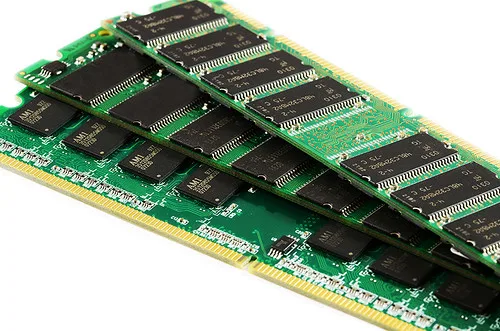Table of Contents
RAM
Without RAM, or random access memory, your computer wouldn’t be very helpful. Since these chips serve as an operating system’s temporary storage, speed is crucial because they must continuously access memory to maintain proper operation. The most developed form of this technology, known as magnetoresistive RAM, or MRAM, has been the standard for the kind of high-performance computing required in space, military, and industrial applications for more than 20 years.
This discovery, which the scientists at the Hebrew University of Jerusalem refer to as a “paradigm shift” in our knowledge of the behavior between light and magnetic materials, shows how a mechanism in a laser beam can control the magnetic state in solids. The study’s findings were released in the journal Physical Review Research earlier this year.

“This finding has broad ramifications, especially in the field of data recording with light and nanomagnets,” co-author of the study and head of the university’s Spintronics lab Amir Capua stated in a press release. It alludes to the possibility of ultra-fast and energy-efficient optically controlled MRAM as well as a revolutionary change in the processing and storage of data in a variety of industries.
- For the operating system’s temporary storage, every computer requires Random Access Memory, or RAM. There are numerous methods to meet this memory speed need.
- Magnetoresistive memory is one of the best techniques because it is non-volatile—that is, it keeps data even when the power source is switched off—and rapid.
- Now, a novel finding that examines the interaction between light and magnets may improve MRAM even further.
Through the analysis of light’s magnetic properties, which are frequently disregarded, the research team has made significant progress in the field of memory and data storage. Specifically, they have discovered that quickly oscillating light waves may influence magnets. The amplitude of the magnetic field of light, its frequency, and the energy absorption of the magnetic material, as well as the strength of this interaction, were all explained by Capua and his team using their new mathematical equation, according to the news release.

Although the relationship between magnetism and light is well-known in the quantum world, spintronics—a combination of “spin” and “electronics”—rarely employs this concept to study the interaction between an electron’s spin and magnetism. The fundamental idea behind MRAM, which stores data by using the spin of an electron, is this.
Capua told Live Science, “We’ve arrived at a very elementary equation describing this interaction.” “It allows us to rethink optical magnetic recording entirely and pave the path towards an as-yet-unrealized dense, energy-efficient, and economical optical magnetic storage device.”

However, when the era of quantum computers draws near, storage devices that aren’t currently on the market will also need to have quantum-capable RAM. According to Live Science, this method may fix a magnetic bit in a superposition of both 1 and 0, much like qubits do in quantum computers, using a light beam. That future is still far off for the time being. Although MRAM is still in its infancy as a memory chip, this recent discovery significantly advances it as the memory chip of the future.
Although the relationship between magnetism and light is well-known in the quantum world, spintronics—a combination of “spin” and “electronics”—rarely employs this concept to study the interaction between an electron’s spin and magnetism. The fundamental idea behind MRAM, which stores data by using the spin of an electron, is this.
Although the relationship between magnetism and light is well-known in the quantum world, spintronics—a combination of “spin” and “electronics”—rarely employs this concept to study the interaction between an electron’s spin and magnetism. The fundamental idea behind MRAM, which stores data by using the spin of an electron, is this.
Although the relationship between magnetism and light is well-known in the quantum world, spintronics—a combination of “spin” and “electronics”—rarely employs this concept to study the interaction between an electron’s spin and magnetism. The fundamental idea behind MRAM, which stores data by using the spin of an electron, is this.
read also : What Is The Real Process Of Star Trek Stardates?
A Paradigm Shift in RAM Is About to Make Computing Unstoppable (msn.com)


1 thought on “RAM Is About To Take A Revolution, Making Computing Unstoppable 2024”